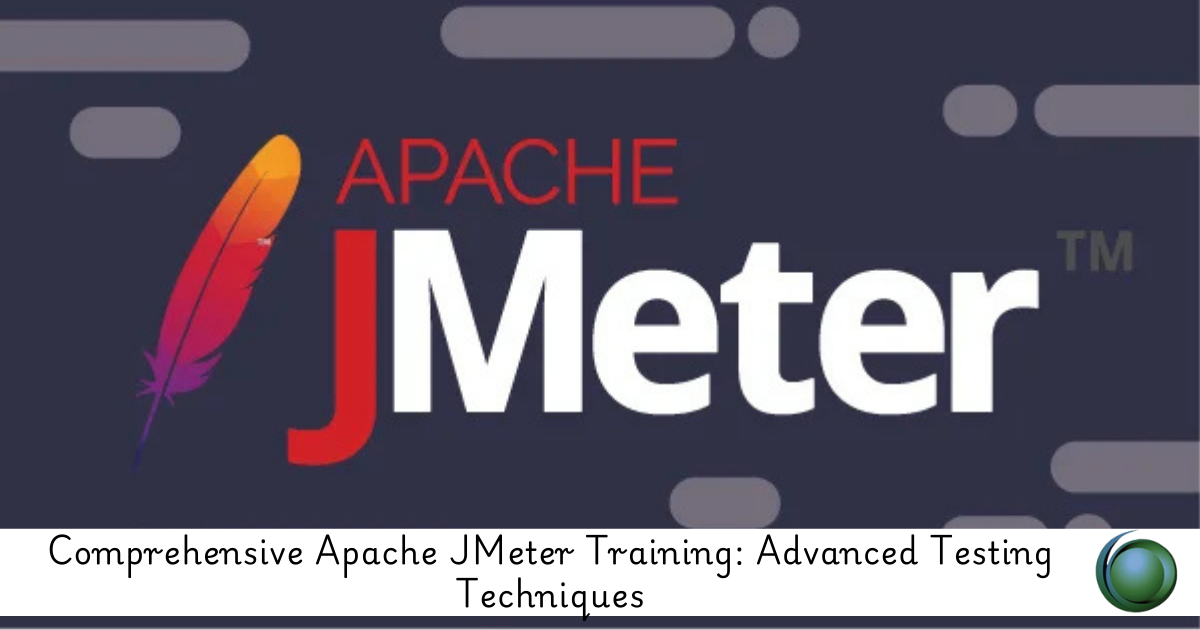Description
Introduction to “Selenium for Regression Testing”
Selenium is a powerful tool for automating web applications for testing purposes. It supports different browsers and programming languages, making it a popular choice among software testers. In this training, we will focus on using Selenium for regression testing—a type of software testing that ensures that new code changes do not adversely affect existing functionalities. The training will guide participants from the basics of Selenium to advanced techniques for effectively performing regression tests.
Prerequisites
Before starting this course, participants should have:
- Basic knowledge of software testing principles.
- Familiarity with web technologies such as HTML, CSS, and JavaScript.
- Understanding of any programming language (preferably Java, Python, or C#).
- Basic knowledge of using an Integrated Development Environment (IDE) like Eclipse or IntelliJ IDEA.
- Access to a laptop/PC with internet connectivity.
Table of Contents
1: Introduction to Regression Testing and Selenium
1.1 Overview of Regression Testing
1.1.1 Definition and Importance
1.1.2 Types of Regression Testing
1.1.3 Challenges in Regression Testing
1.2 Introduction to Selenium
1.2.1 What is Selenium?
1.2.2 History and Evolution of Selenium
1.2.3 Selenium Suite Components (IDE, WebDriver, Grid)
1.3 Setting Up the Environment
1.3.1 Installing Java/Python
1.3.2 Setting Up Selenium WebDriver
1.3.3 Configuring IDE for Selenium (Eclipse/IntelliJ for Java, PyCharm for Python)
2: Selenium WebDriver Basics
2.1 Introduction to Selenium WebDriver
2.1.1 What is WebDriver and Its Architecture?
2.1.2 Differences between Selenium IDE and WebDriver
2.2 Basic WebDriver Commands
2.2.1 Browser Commands (Open, Close, Quit)
2.2.2 Navigation Commands (Navigate To, Back, Forward, Refresh)
2.2.3 Handling Web Elements (FindElement, FindElements)
2.3 Locating Web Elements
2.3.1 Types of Locators (ID, Name, Class, Tag, CSS Selector, XPath)
2.3.2 Best Practices for Choosing Locators
3: Advanced Selenium WebDriver Features
3.1 Handling Dynamic Web Elements
3.1.1 Explicit and Implicit Waits
3.1.2 WebDriverWait and ExpectedConditions
3.2 Advanced User Interactions
3.2.1 Handling Alerts, Frames, and Windows
3.2.2 Actions Class for Mouse and Keyboard Events
3.3 Working with Data-Driven Testing
3.3.1 Parameterization Using TestNG/JUnit (Java) or PyTest (Python)
3.3.2 Reading Test Data from Excel/CSV Files
4: Page Object Model (POM) and Test Framework Integration
4.1 Introduction to Page Object Model (POM)
4.1.1 What is POM and Why Use It?(Ref: Effective Unit Testing)
4.1.2 Implementing POM in Selenium
4.2 Building a Test Automation Framework
4.2.1 Integrating Selenium with TestNG/JUnit (Java) or PyTest (Python)
4.2.2 Understanding Framework Structure
4.2.3 Configuring Test Reports and Logs
5: Regression Testing Strategies with Selenium
5.1 Creating Effective Regression Test Suites
5.1.1 Identifying Test Cases for Regression Testing
5.1.2 Organizing and Prioritizing Test Cases
5.2 Automation Best Practices for Regression Testing
5.2.1 Managing Test Data and Environment
5.2.2 Handling Test Dependencies
5.2.3 Parallel Test Execution with Selenium Grid
6: Continuous Integration and Continuous Testing
6.1 Introduction to CI/CD
6.1.1 What is Continuous Integration (CI) and Continuous Deployment (CD)?
6.1.2 Role of Selenium in CI/CD
6.2 Integrating Selenium with CI Tools
6.2.1 Setting Up Selenium with Jenkins
6.2.2 Running Automated Tests in CI/CD Pipeline
7: Advanced Topics and Best Practices
7.1 Cross-Browser Testing with Selenium
7.1.1 Configuring Tests for Multiple Browsers
7.1.2 Handling Browser Compatibility Issues
7.2 Debugging and Troubleshooting
7.2.1 Common Selenium Errors and Exceptions
7.2.2 Effective Debugging Techniques
7.3 Performance Optimization in Selenium Testing
7.3.1 Reducing Test Execution Time
7.3.2 Optimizing Selenium Scripts
8: Hands-On Project and Assessment
8.1 Hands-On Project
8.1.1 Developing a Complete Regression Test Suite
8.1.2 Automating Real-World Web Application Scenarios
8.2 Assessment and Q&A
8.2.1 Practical Test and Evaluation
8.2.2 Q&A Session to Address Queries
8.3 Course Wrap-Up
8.3.1 Summary of Key Learnings
8.3.2 Further Learning Resources
8.3.3 Feedback and Next Steps
Conclusion
This training program is designed to provide a comprehensive understanding of Selenium for regression testing, equipping participants with the skills to create robust and effective automated test suites.







Reviews
There are no reviews yet.